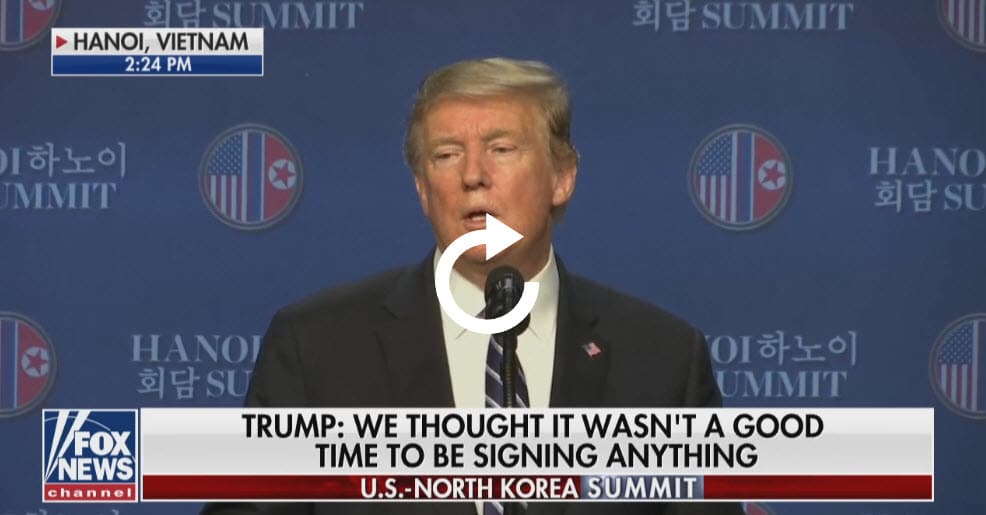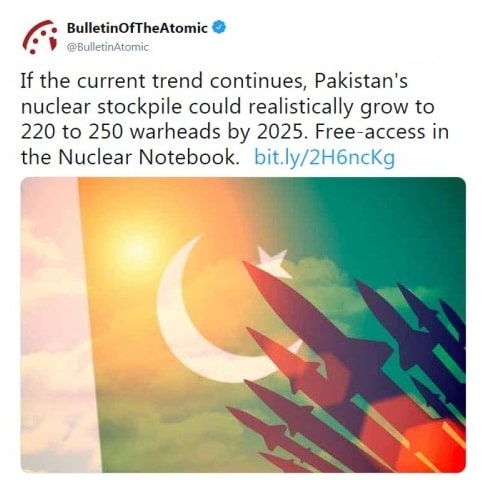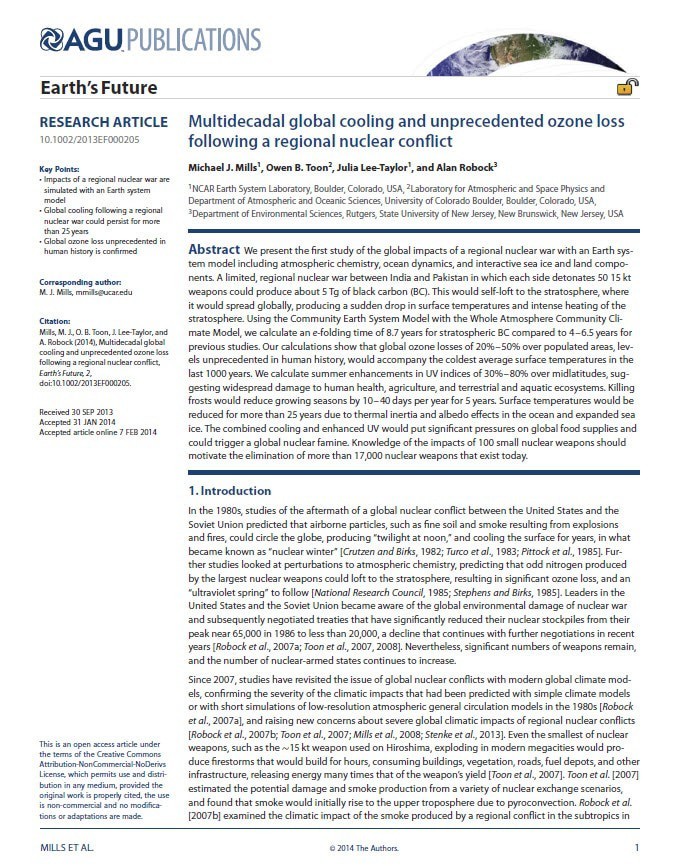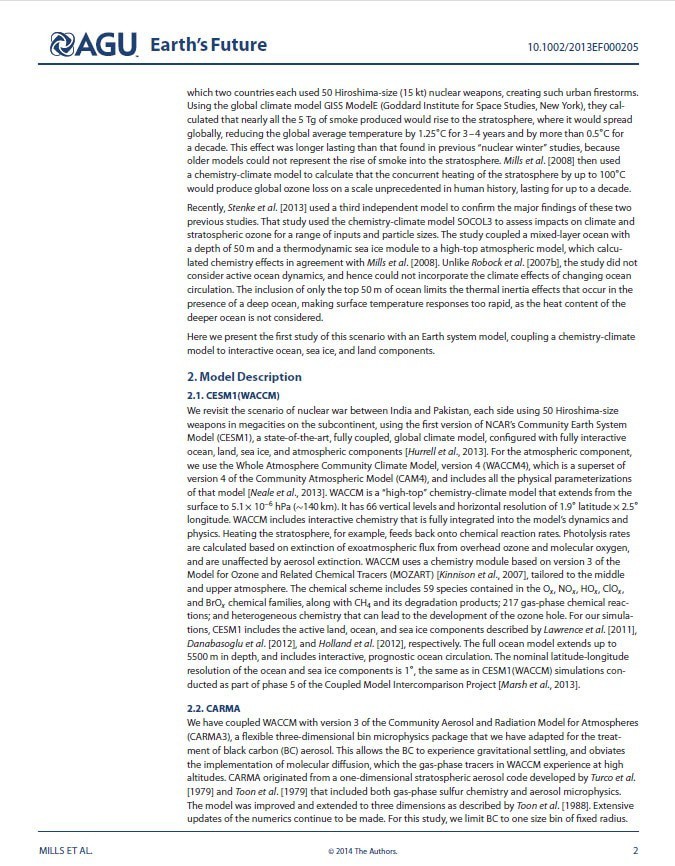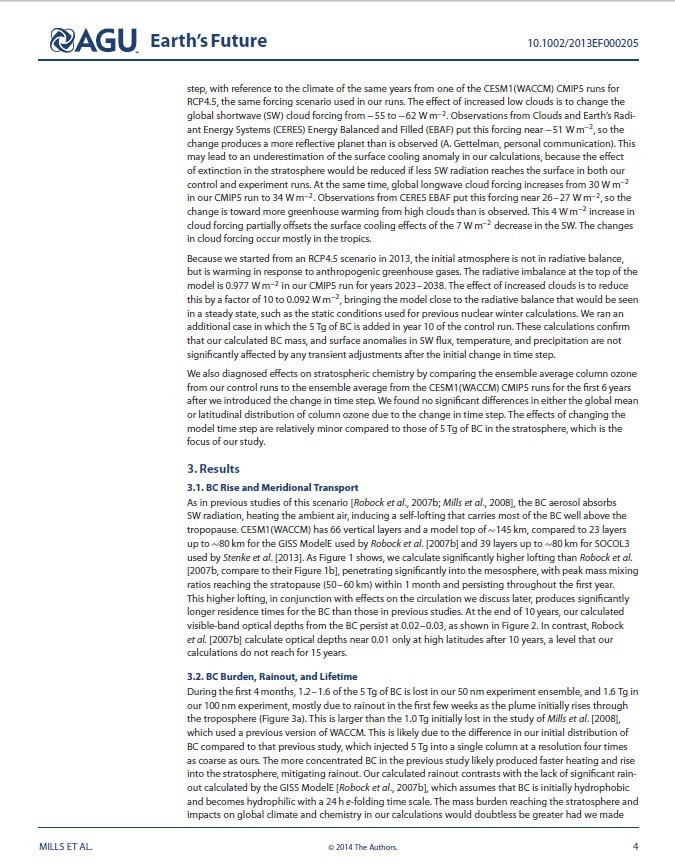“If negotiations fail, it would be time to end the nuclear threat from North Korea – one way or the other” — U.S. Senator Lindsey Graham
As nuclear negotiations between President Trump and N. Korea’s leader Kim Jong Un conclude with a walk without agreement, questions follow. What’s next?
Trump cuts short North Korea summit after dispute over sanctions: ‘Sometimes you have to walk’
HANOI, Vietnam — In the end, President Donald Trump did the unexpected: He walked away.
A visibly deflated Trump began the news conference wrapping up his second summit with North Korean leader Kim Jong Un by talking about anything else. He riffed on the potential nuclear crisis between India and Pakistan… Only then did Trump turn to the subject at hand: Why, after weeks of buildup, flattery and reality TV-style showmanship, his negotiations with the North Korean leader had come to an abrupt halt. “Sometimes you have to walk and this was just one of those times,” he said.
StrategicDemands: As nuclear treaties, agreements, and negotiations fall by the wayside, the JCPOA, the INF, NewSTART, and others, and the U.S., Russia, and China race to build a next generation of nuclear capabilities, there are those, like Lindsey Graham from South Carolina who seem to be saying that if U.S. negotiations with North Korea fail, then war is the answer, one way or the other, seeming to say that nuclear exchanges are acceptable. Nuclear weapons use, nuclear weapons exchanges are not acceptable.
What is rarely understood is the current new nuclear arms race, with new warheads, new MIRVs, new (nuclear) pit production, new delivery systems, new tactical (‘usable’) nukes, new ‘dial-up’ nukes, new cruise nukes, new hypersonic nukes…
The collapse of nuclear arms control architecture is accompanied by multi-nation, multi-billion spending, much of it in secret, a race toward human and environmental disaster. The next generation of nuclear weapons is not providing added security, it is delivering a ticking clock…
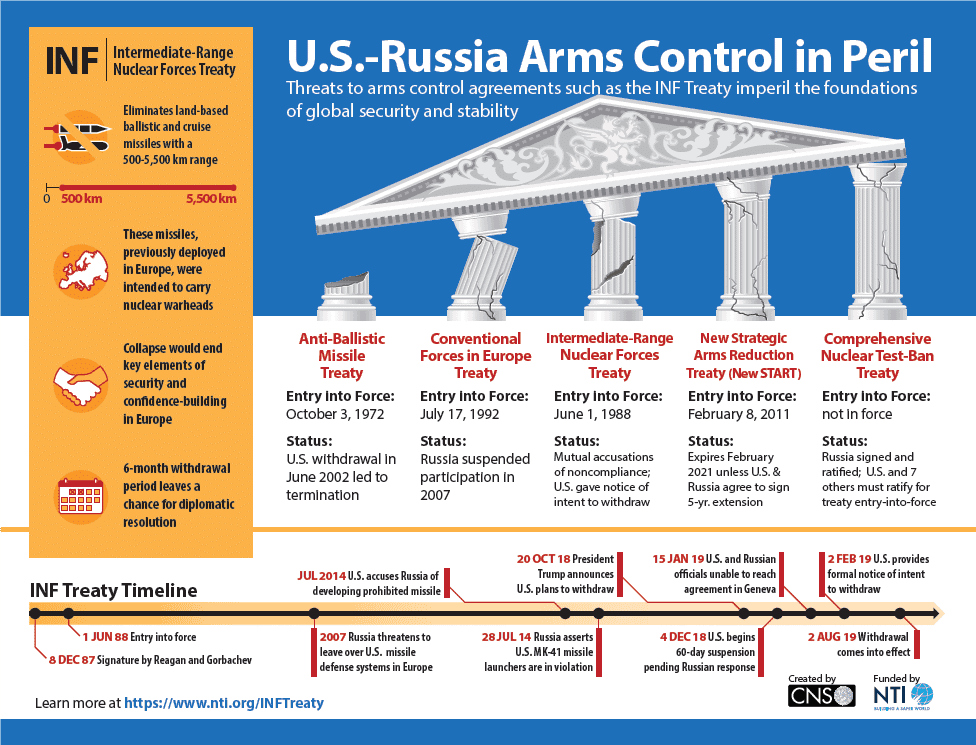
If India and Pakistan have a ‘limited’ nuclear war, scientists say it could wreck Earth’s climate and trigger global famine
Thinly veiled rattling of war by nuclear powers looms between India and Pakistan. This week Indian war planes crossed over disputed border areas in Kashmir to attack alleged training camps. The rapid escalation is the worst in fifty years as ongoing threats have produced threats of worse to come.
- A terror attack in Kashmir that killed at least 40 Indian troops led India to launch airstrikes on Pakistan – the first in more than 50 years between the two nations.
- India and Pakistan each have about 140 to 150 nuclear weapons. Though nuclear conflict is unlikely, Pakistan has said its military is preparing for “all eventualities.”
- Climate scientists simulated the effects of limited regional nuclear war between the two countries and found that nuclear explosions could start firestorms that send millions of tons of smoke into the atmosphere. That could cripple the ozone layer, cause global cooling, and trigger food shortages.
- The newest regional nuclear war simulations showed that the effects could be “about five times worse than previously calculated…”
Regional nuclear arms races… Signaling a ‘new abnormal’…
Indian Nuclear Forces, 2018
StrategicDemands: The global impact of a limited nuclear war will be catastrophic
Regional nuclear war will be catastrophic globally
Nuclear weapons use… and consequences
The most prestigious scientific research center studies results of ‘limited’ nuclear war
Mushrooming effects following any nuclear exchange — from so-called ‘small’ tactical nuclear weapons, to the ‘large’ strategic weapons — will set in motion profoundly disastrous consequences.
Let us pause for a moment and look at a these consequences, as negotiations take place in Hanoi to ‘denuclearize’ the Korean peninsula and on the border of India-Pakistan, armed conflict and nuclear threats fly amid nationalism and religious cataclysmic fervor…
Below is what will follow a nuclear exchange, a ‘regional’ nuclear conflict, a conflict that could begin in Kashmir or on the Korean peninsula. Nuclear weapon use will spread its impacts into the atmosphere, across oceans and continents.
The U.S. National Center for Atmospheric Research (NCAR) and University Corporation for Atmospheric Research (UCAR), a consortium of more than 100 colleges and universities providing research and training in the atmospheric and related sciences, published this study. It has rarely been read.
As of March 1, 2019, the “Earth’s Future” article has limited viewership via AGU /NCAR’s open science journal website.
Times Viewed on OpenSky: 81
Times Downloaded on OpenSky: 7
Strategic Demands urges our readers to share the following links across the world wide web and social media.
NCAR / UCAR
Multidecadal global cooling and unprecedented ozone loss following a regional nuclear conflict
Mills, M. J., O. B. Toon, J. Lee-Taylor, and A. Robock, 2014
AGU Publications / Earth’s Future
- http://opensky.ucar.edu/islandora/object/articles:13382
- http://dx.doi.org/10.1002/2013EF000205
The first study of the global impacts of a regional nuclear war with an Earth system model including atmospheric chemistry, ocean dynamics, and interactive sea ice and land components.
A limited, regional nuclear war between India and Pakistan in which each side detonates 50 15 kt weapons could produce about 5 Tg of black carbon (BC).
This would self-loft to the stratosphere, where it would spread globally, producing a sudden drop in surface temperatures and intense heating of the stratosphere.
Using the Community Earth System Model with the Whole Atmosphere Community Climate Model, we calculate an e-folding time of 8.7 years for stratospheric BC compared to 4-6.5 years for previous studies.
Our calculations show that global ozone losses of 20%-50% over populated areas, levels unprecedented in human history, would accompany the coldest average surface temperatures in the last 1000 years.
We calculate summer enhancements in UV indices of 30%-80% over midlatitudes, suggesting widespread damage to human health, agriculture, and terrestrial and aquatic ecosystems. Killing frosts would reduce growing seasons by 10-40 days per year for 5 years. Surface temperatures would be reduced for more than 25 years due to thermal inertia and albedo effects in the ocean and expanded sea ice.
The combined cooling and enhanced UV would put significant pressures on global food supplies and could trigger a global nuclear famine.
Knowledge of the impacts of 100 small nuclear weapons should motivate the elimination of more than 17,000 nuclear weapons that exist today.
NCAR Earth System Laboratory, Boulder, Colorado, USA,2Laboratory for Atmospheric and Space Physics andDepartment of Atmospheric and Oceanic Sciences, University of Colorado Boulder, Boulder, Colorado, USA,3Department of Environmental Sciences, Rutgers, State University of New Jersey, New Brunswick, New Jersey, USA
OpenSky is the home for NCAR/UCAR research and historical materials as well as other collections of digital assets.

